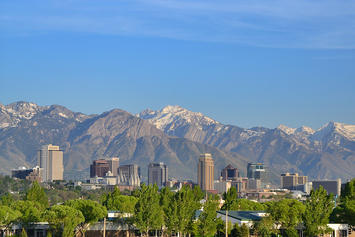
A century ago Detroit was a boomtown and Los Angeles a sleepy refuge for sun-seeking Midwesterners. A half-century later, L.A. was the fastest-growing big city in the high-income world, while Detroit was beginning its long tailspin. In the ’70s, New York was the “rotten apple” and seemed destined for further decline. But for the past 20 years it has enjoyed an enormous surge of wealth, as have many of the countries’ dense, culturally creative cities.
In other words, when it comes to the death and life of American cities, things change, often in unpredictable, once unthinkable ways. Now, high prices and a lean to the left in the nation’s coastal metropolises could spell new opportunity for more business-friendly, less costly regions like Dallas-Fort Worth and Salt Lake City. If current trends continue, there may be new hope not only for Midwestern cities like Columbus, Indianapolis and Kansas City, but even for some long down-on-their-luck metros, like Detroit and Cleveland.
Read the entire piece at Chief Executive.net.
Joel Kotkin is executive editor of NewGeography.com. He is the Roger Hobbs Distinguished Fellow in Urban Studies at Chapman University and executive director of the Houston-based Center for Opportunity Urbanism. His newest book is The Human City: Urbanism for the rest of us. He is also author of The New Class Conflict, The City: A Global History, and The Next Hundred Million: America in 2050. He lives in Orange County, CA.
Photo: Salt Lake City, via Flickr, using CC License.












